Local Baltimore Shopping Tips
*4 ORGANIC avocados: $3.49 (87 cents per avocado) This is less expensive than the nonorganic avocados I typically buy which are $1.29 each! I bought 3 bags because this is a steal on vegan protein as far as I’m concerned.
*8 ORGANIC limes: $1.99 (24 cents per lime) I typically buy nonorganic limes for 25 cents a piece…
*11 large navel oranges: $3.99 (36 cents per orange)
Organic Versus Nonorganic
Grocery Shopping Tips
One Seed at a Time
They fill grocery stores with 80 percent GMO, chemical-filled, pesticide-sprayed, FAKE food that either didn’t exist 50 years ago or existed but was not contaminated. Then the entire population is sick with one thing or another, overweight in their 20’s, having heart attacks in their 40’s, DYING in their 60’s. Millions more children than ever are diagnosed with things like ADHD and Autisim. Girls bodies develop into women’s bodies in elementary school now. People of all ages have every type of cancer you could imagine…And not to say that every problem in the world boils down to food, but there is something SEVERELY wrong here. But people accept it as status quo. Far too few people ever stop to question what is happening to their bodies or put two and two together. God forbid if it was all as simple as what we are putting into our bodies every single day, 365 days a year. What a crazy idea that drinking chemical flame retardant soda and consuming diseased animal flesh could have anything to do with our health??? Well, I say we stop talking about it and actually DO something. Your money is your vote. If you chose to spend it on McDonald’s rather than produce, than you are saying you’re satisfied with the conspiracy as is. But wouldn’t it be great if we all banded together and made a real change. If we took responsibility for everything we consumed and put back out into the earth? Wouldn’t it be great if all of us committed to growing an organic garden this summer, big or small, whatever space you have will do. If people can manage on their windowsills and balconies in New York, surely we can. All I know is this generation has NO excuse. We don’t live in the time our grandparents lived. When people SMOKED in hospitals and there was no internet and people didn’t know the dangers of factory farming and pesticides. We live in a time where everyone knows what’s going on. You know that a documentary on factory farming is a horror film. You know that apples are sprayed with poison. You know that 80 percent of grocery store products are not real food. You know that our way of life is unsustainable. You know that people are sick and overweight and that we are the guinea pigs for the GMO project. We know what’s going on and we can absolutely change it if not for the world, than for ourselves and our families, one dollar, one meal, and one planted seed at a time.
Antioxidant Protein Smoothie
Antioxidant Protein Smoothie
Serves One
1 banana
1 cup blueberries, frozen
1 cup almond milk
1/3 cup pecans
½ cup ice
½ cup water
Blend all ingredients and enjoy ❤
Why this smoothie?! Blueberries slow vision loss, break down belly fat, lower blood sugar, keep your bladder clean, and protect against cancer and heart disease. These little berries have awesome benefits for people of all ages. They help develop your little ones’ bones and as well as reduce age-related memory loss. Don’t forget the pecans and almond milk for a serving of natural, uncontaminated protein.
Mango Smoothie
Three Bean Quinoa Chili
Three Bean Quinoa Chili
Ingredients
1 cup brown lentils (will expand to 2 cups when cooked)
1 cup quinoa or quinoa rice blend (will expand to 2 cups when cooked)
1 cup cooked brown rice
2 red bell peppers
2 yellow bell peppers
2 green bell peppers
1 onion
1 carton mushrooms
2 cups cooked red kidney beans
1 can vegetarian brown beans
4 diced tomatoes or 2 cans diced tomatoes
Whole garlic bulb (About 10-15 garlic cloves)
Pepper to taste
Chili powder to taste
Preheat oven to 350 degrees. Place about 10 peeled garlic cloves in a piece of aluminum foil. Drizzle with olive oil, fresh ground pepper, and a pinch of sea salt. Fold up the corners of the foil so the liquid does not drip out. Roast garlic in oven for about 25 minutes.
Wash brown lentils and pick through to remove any shriveled lentils, debris, or rocks. Combine 1 cup brown lentils with 2 cups water and a few chopped garlic cloves in a large pot. Bring water to a rapid boil over medium heat, then reduce heat to maintain a gentle simmer. Cook, uncovered for 20-30 minutes. Add an extra cup of water if needed.
In a separate pot, bring 1 cup quinoa to a boil, then reduce heat, simmering on low for about 20 minutes.
Meanwhile, simmer bell peppers, onion, and mushrooms on medium to low heat in a frying pan with 1 cup water and a chopped garlic clove. Add a dash of chili powder. Do not overcook these vegetables. Bell peppers should still be somewhat crunchy and colorful.
Combine cooked brown lentils, cooked quinoa, cooked brown rice, vegetables, beans, and remaining ingredients in a large pot. Remove garlic cloves from the oven. Smash and stir them into the pot along with chili powder and pepper to taste.
Stuffed Tomatoes
Stuffed Tomatoes
This simple 25 minute recipe is quick, cheap, and cruelty-free! Not to mention absolutely delicious. Tomatoes never tasted so good…
Ingredients
4 medium tomatoes
1 cup brown rice, cooked (will make more than one cup)
1 carton mushrooms, chopped
½ red onion, chopped
¼ lb fresh local spinach, chopped
¼ cup raw sunflower seeds
7-10 garlic cloves, chopped
1 ½ cups vegetable broth
1 cup water
Pepper to taste
Simmer mushrooms, red onion, spinach, and several garlic cloves in vegetable broth for about 5 minutes. Allow other vegetables to cook first, adding spinach last. Mix cooked brown rice in with vegetables. Next, cut a circle into the tomatoes and scoop out the insides. Stuff tomatoes with rice/veggie mix and remaining garlic cloves. Drizzle each stuffed tomato with vegetable broth. Top with sunflower seeds and fresh pepper. Cook in a small pan with 1 cup water on 350 for about 25 minutes.
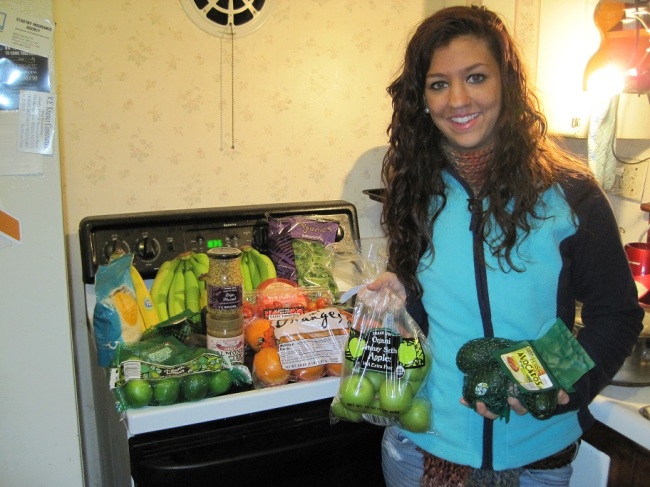
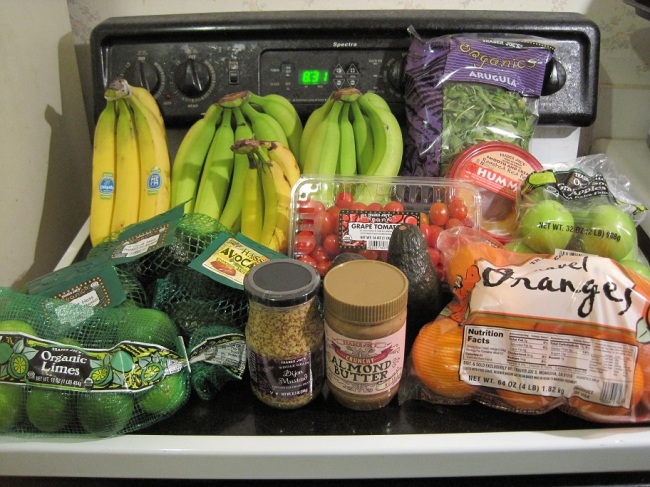
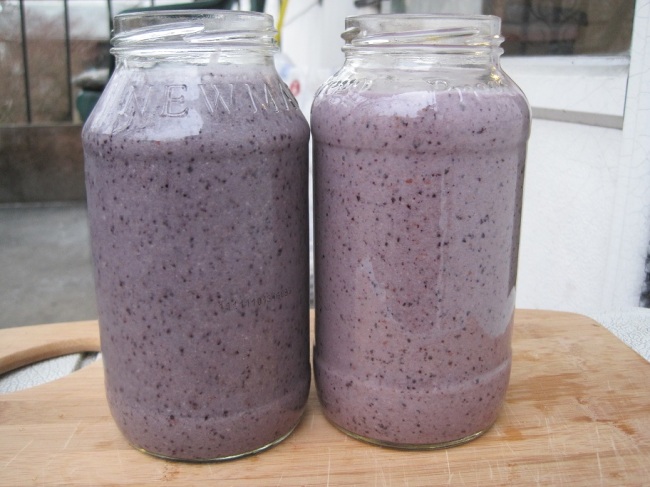
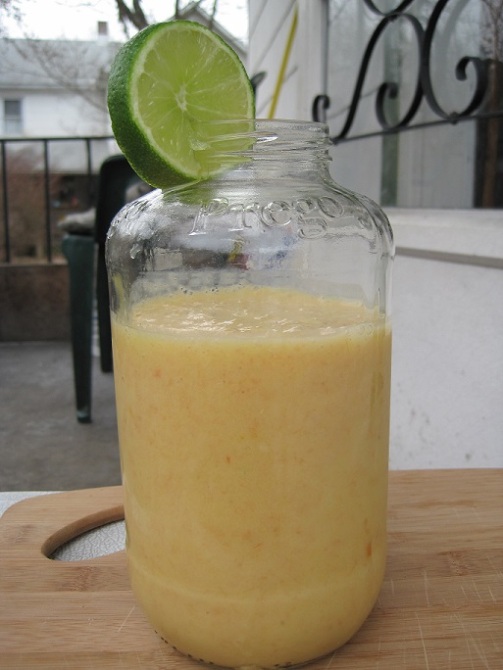
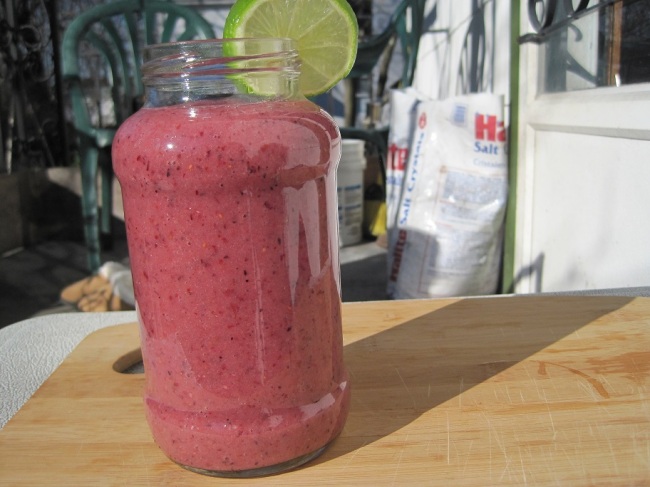
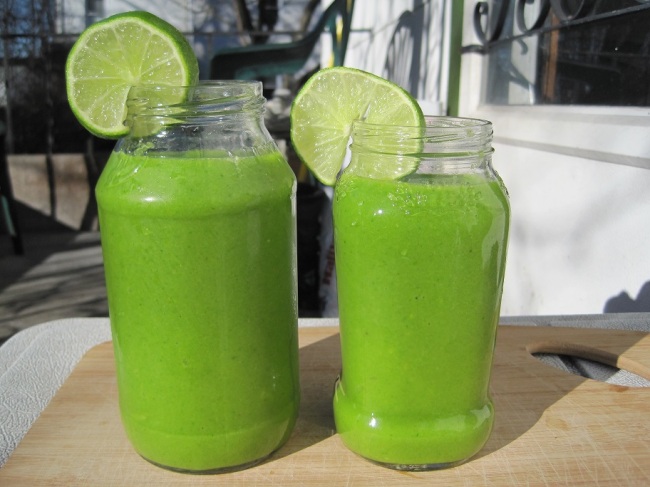
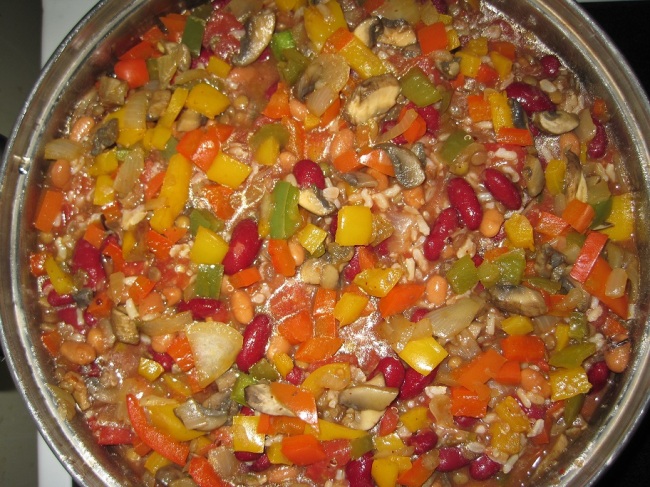
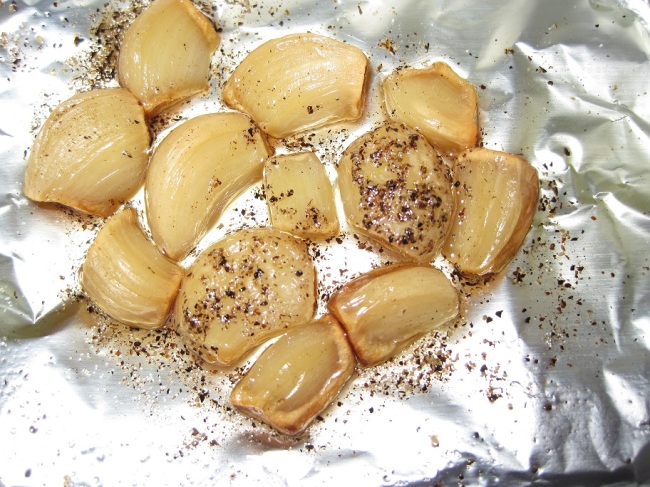
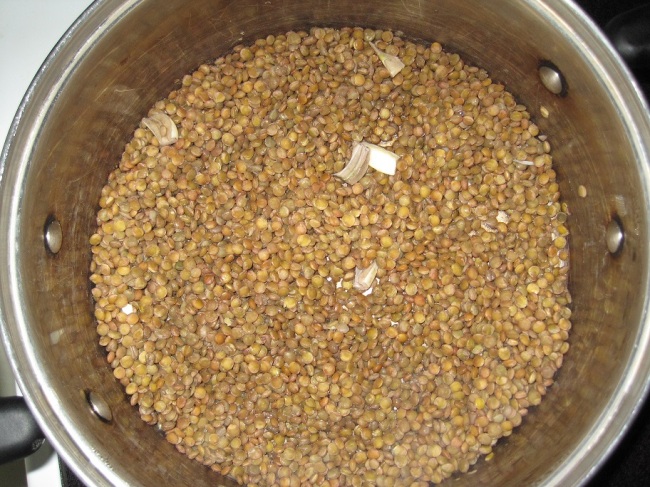
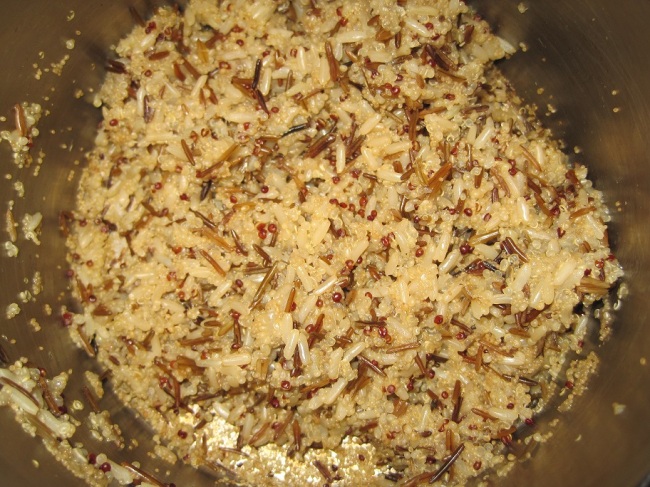
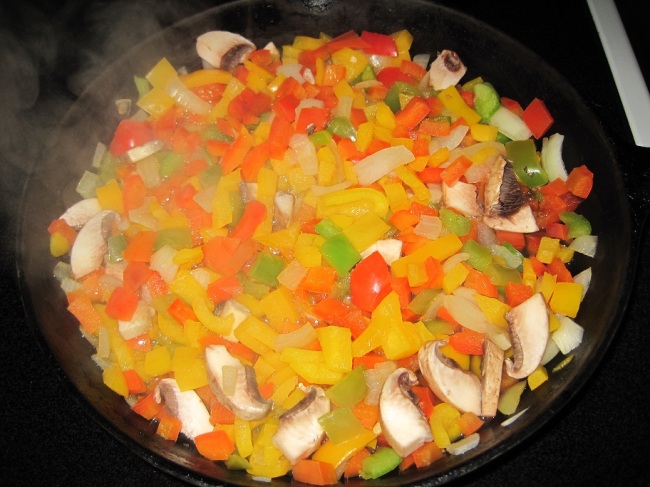
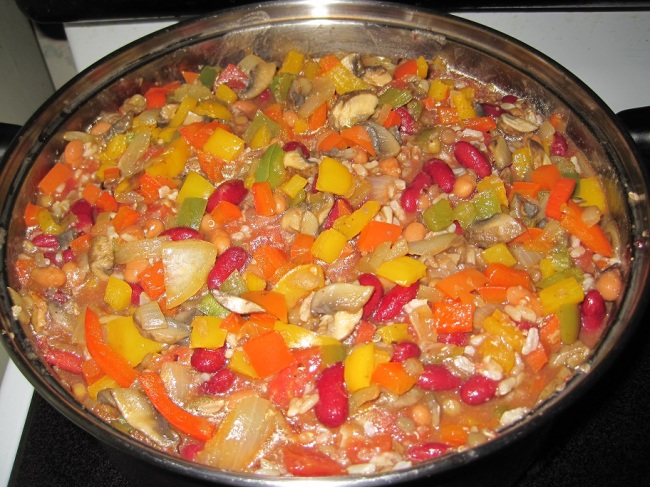
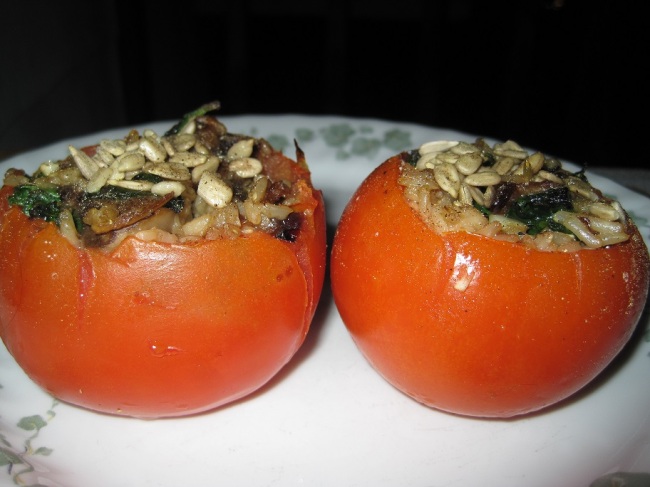
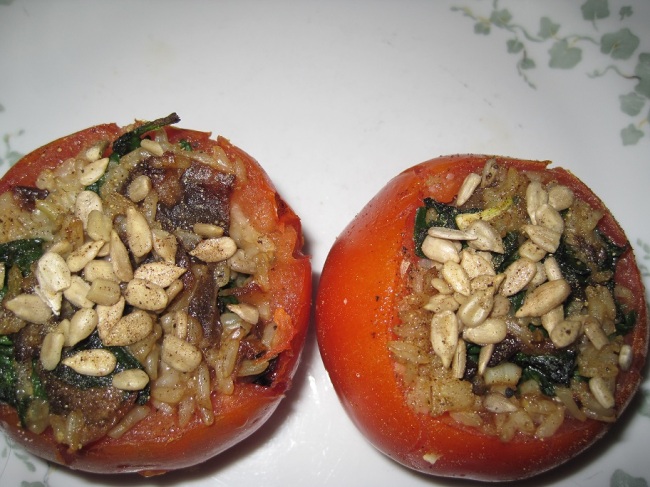
Recent Comments